|
Product photography, by it's very nature is the photography of a manufactured product. An item that is (probably) created to be sold.
Your run of the mill socks, garden gnome, salt shaker, dump truck, airline hanger etc. You get the idea. Having the skills to shoot images of said products usually (not always) involves years if not decades of learning and practice. Product photography can involve shooting in a dedicated studio space, and it can alternatively involve shooting in a separate location, more suitable to the product in question. I've done most of my product shoots in a small studio space, but I've also had the opportunity to shoot in an airport hanger. It all depends on the subject matter and how much control is allowed. Kind of hard to photograph an airplane in my studio. I wouldn't even try. In most cases, not all, I try to shoot in a style that is unique to my vision as an artist. I want my viewers to ultimately look at my portfolio and say, "that looks like Mike's work". I want to be memorable. To be identifiable. I think that is an achievable goal. I think that every shooter with an ounce of business sense, should strive to be memorable. At the moment, I would describe my style as "dramatic minimalism". That's my story and I'm sticking to it. My foray into the world of product photography stems from my interest and desire to have control of the situation. It also helps that the products never become disinterested, whine or complain or feel the need to blink. Have you ever seen a bottle of scotch blink ? Me neither. Studio photography is unique in that it gives the control to those within. I prefer it that way. It makes me the boss. And yet, it also makes me a collaborator on each project. I hope to keep collaborating for as long as I can here in Peterborough. As long as they keep calling, I'll keep shooting.
0 Comments
The book by Seth Godin.
Purple Cow. If you are in any kind of business, especially if yours is similar to others in your area, you NEED to read this short and brilliant book. You'll will be thanking me later. I've had my copy for a few years and I go back and read through it every 6 months or so. There is so much value in this little book, that I would not be surprised if it is required reading for every business and marketing curriculum across the world. It should be. Purple Cow. Go get your copy today. A couple of years ago, something happened.
I discovered the wild and whacky world of the Cinemagraph. Imagine if you will a still image you've come across while cruising your regular social media feed. You look briefly then before you can exercise your digit's right to swipe, you notice that a small part of the image is moving. That, my friend, is a Cinemagraph. A blend of moving and still images. It's different. It's unique. And people are starting to use them in advertising projects the world over. BTW, they're also a lot of fun to make even if they can be bothersome to conceptualize and pump through a computer program. Sadly, that ol standby that is Instagram, doesn't allow GIF files. (Which are perfect for Cinemagraphs.) I'm hoping that will change in the near future. Until that happens, I will continue to load my GIF Cinemagraphs onto my Facebook page and everywhere else that accepts them. (You can't stop me Instagram!) Watch for more Cinemagraphs from me as well as Stop-Motion Animations with a bent towards the commercial product world. Peace be with you. Lately I've been looking at how much there is a growing demand for images that move. You know, videos, animations, GIFs and that sort of thing.
Over the past couple of years I've taken a growing interest in the making of cinemagraphs and stop-motion animations. I've dabbled here and there. Tested different techniques and in that I've found that I like the experience. Should I offer these things to prospective clients ? Well, maybe. Meanwhile, I'll keep experimenting and learning how still images can be converted into moving images. Images that grab attention while telling a story. I'll keep you posted. Environmental portraits, or at least, portraits done in the location where the subject lives and or works, gives me a sense of creation and respect.
I enjoy making these portraits of people who are involved in an endeavour that gives them joy, and perhaps provides an income from which they rely on. I've done a bunch of them a few years back. Driving all over Ontario, visiting people in their studios or homes. Yes, it involved time and effort. I suppose that is part of the allure of it for me. I enjoy doing projects that take effort and that are rather unique. I don't know of any other photographer who went around the Province photographing the same group of individuals that I did. If there was such a photographer, I don't know who it might have been. I didn't do those projects for monetary gain. On the contrary, I did them for emotional gain. I did them to satisfy a personal desire to make something that recognizes them for what they have achieved. In the meantime, I suppose I also did it for me. Having the ability to say, "I did that" gives me a sense of satisfaction. If I can't do something now and then that gives me that knowledge, I would surely go mad. I wonder what the next project will involve. Always trying new things can be a rewarding experience. At least if they are with good intentions.
My goal this year is to experience new ways of expressing my creativity with photography, and hopefully to find a new income source along the way. Having taken the dive into product photography, I've learned some new techniques, made a few contacts and have indeed added some income to the coffers. So far so good. Trying new things may work out after all. Better to experience life than to sit on your meaty bits and watch it pass you by. Yesterday I was reminded of the importance for a business to use proper practices when uploading images to their business website.
Specifically when naming the image files. Since the almighty Google uses all the text on a page to do a search, and to decide what it presents in a query the file names also count. (as do the Alt text btw) For example, let's say you sell horse blankets. If your images are named something like: 455khorsered.jpg, this doesn't tell Google anything about the image and it is more likely to be ignored. If it was named: blanket-wool-red-striped--60-inch-horse.jpg, you are much more likely to have this listed as a result in a search. For a good part of the day, I combed through my website, specifically the "Product" page, and re-named a good number of my image files. From now on I will be much more attentive to such things. The competition is fierce and never-ending. Every bit of attention counts. If you have control of your website, you may want to take the necessary steps to improve it's performance. Even if it means simply changing the file names of your images. Hey, ChatGPT, Give me a brief explanation of how humans perceive colour and how it affects our mood.3/15/2024
Human perception of colour is a complex process involving both physiological and psychological factors. The process begins with light entering the eye and stimulating specialized cells called cones in the retina. These cones are sensitive to different wavelengths of light, which correspond to different colours.
There are three types of cones, each sensitive to either short (blue), medium (green), or long (red) wavelengths of light. The brain then processes the signals from these cones to create the perception of colour. Additionally, there are also rods in the retina that are more sensitive to low light levels and do not perceive colour. Colour perception can have a significant impact on mood and emotions. Different colours are associated with various psychological effects:
------------- As a professional product photographer here in Peterborough, I think about colours every single time I am given a project. These definitions and descriptions are so important to everything I do, none can be taken for granted. My studio here in Peterborough where I shoot products for businesses of various types, is a colour calibrated studio. My cameras are calibrated, as is my computer monitor. The lights I use are all near to the same colour balance to assure that my customers get the best quality that I can achieve. Every month I recalibrate my equipment and double check my workflow. I'm constantly updating my skills in post-production to make sure I have a thorough understanding of what's achievable in the current software. These things matter. I care about the results, so it matters that I pay attention to all the relevant details that could potentially affect the results of my efforts. Go on to the Google and punch in your own name.
It's interesting to see what comes up in the first, second and third pages. You may be pleasantly (or not so pleasantly) surprised what options are shown. I on occasion will put my name in to the search bar, in a normal way and sometimes in a more creative fashion, just to see what pops up. It tends to change as the years go by, but not by much. I've learned that my name is owned by hundreds if not thousands of fellow humans across the globe. Some of us are photographers, musicians, painters and one I know of is a pro football player in the USA. Some of us use the short form and some use the more official form. Most of the spellings are the same but some variations to show up now and then. On occasion I will find listings that I had completely forgot about or never even knew existed. What an adventure. Mike Taylor Photo Arts however, is mine. Only mine. I made sure of that when I registered the business name. I named it that to remove any doubt. I'm not an artist in the traditional sense, nor am I a football player or saxophone player. I work only in the photographic arts. Shooting photos for businesses of various sizes and for various purposes since about 1996. Who knows, I may venture into the world of painting way down the road, but for now, my only tool is a camera and a never-ending interest in creating images. Mike Taylor The learning in photography, well it just never stops.
I take on projects now and then that challenge me as a technician. Sometimes there are assignments which require me to take a closer look at how I achieve my goals. New equipment, new software, new demands. Each require a photographer to in a sense, go back to school. To brush up and reacquaint themselves with things new and fresh. I'm not complaining. Quite the contrary. I enjoy looking at the process with a fresh interest in those new challenges. It keeps one from getting stale or bored. Case in point, the images below. Here is a study of technique. One image (on the left) is a blend of 6 images combined in a HDR (high dynamic range) process made to create a richer image than one alone could produce. Along the lines of making an image with a camera that has a huge image sensor or a piece of large format film on a view camera. On the right is the identical subject matter, but this one is shot with only one ISO setting however it is 3 images that are "focus stacked" in order to achieve a deeper depth of field. Greater focus, more detail. Barring the obvious increase in saturation and contrast in the left version, I feel that the "focus stacked" version is a more successful image. It has more detail, which is probably important for a manufacturer or an artist who needs to provide information to the viewer. The HDR technique has it's place. It also has a huge potential for variance, depending on the software and the post-processing approach. There is a liveliness and robustness to it. Both techniques provide results which may be applicable to a number of situations. If I could provide BOTH techniques to every, let's say "product" image, I would more likely be satisfied every time I shoot. To do so would mean a considerable increase in shoot time AND post-production time too. I need to ask myself it that is reasonable. Is it worth the investment in order to produce the results I think I can provide? Are both of these results really necessary ? I say to myself, "I'll take that under advisement" and move on with the experiments. |
Mike Taylor
Photo-Artist working a personal vision. Archives
July 2024
Categories
All
For those of us interested in better marketing techniques, get this book.
Mike Taylor Photo Arts
205Wilson Street
Peterborough
ON
K9J 1S7
Canada
|
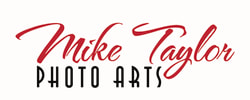


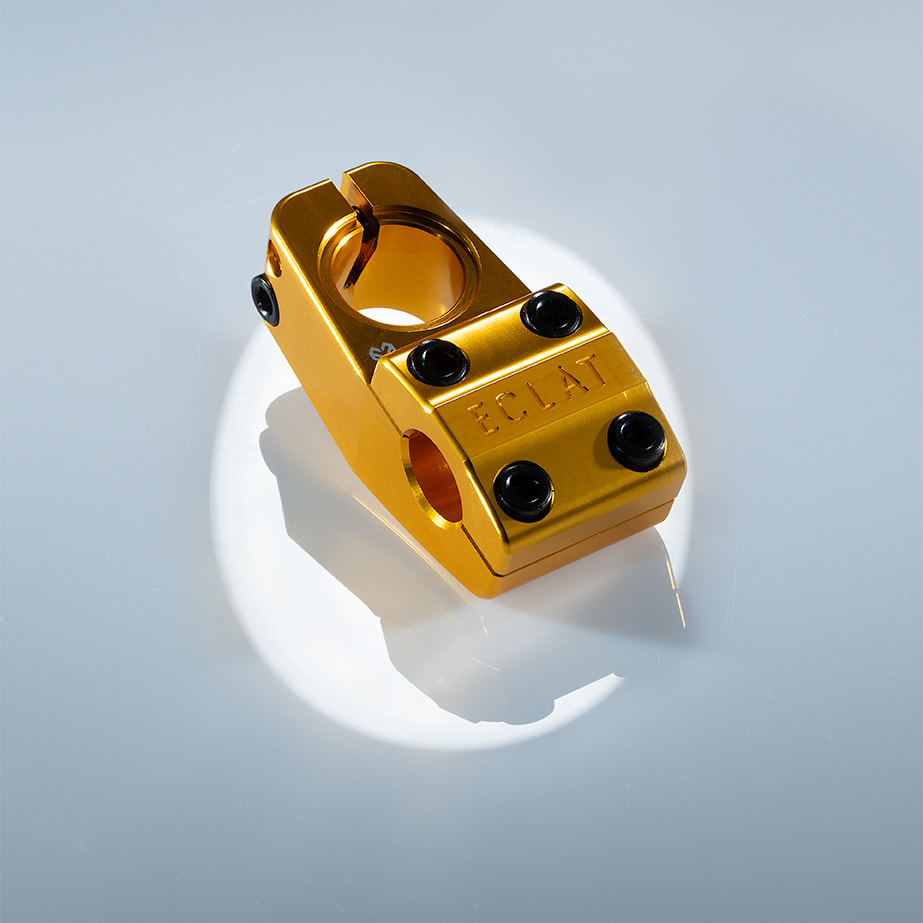
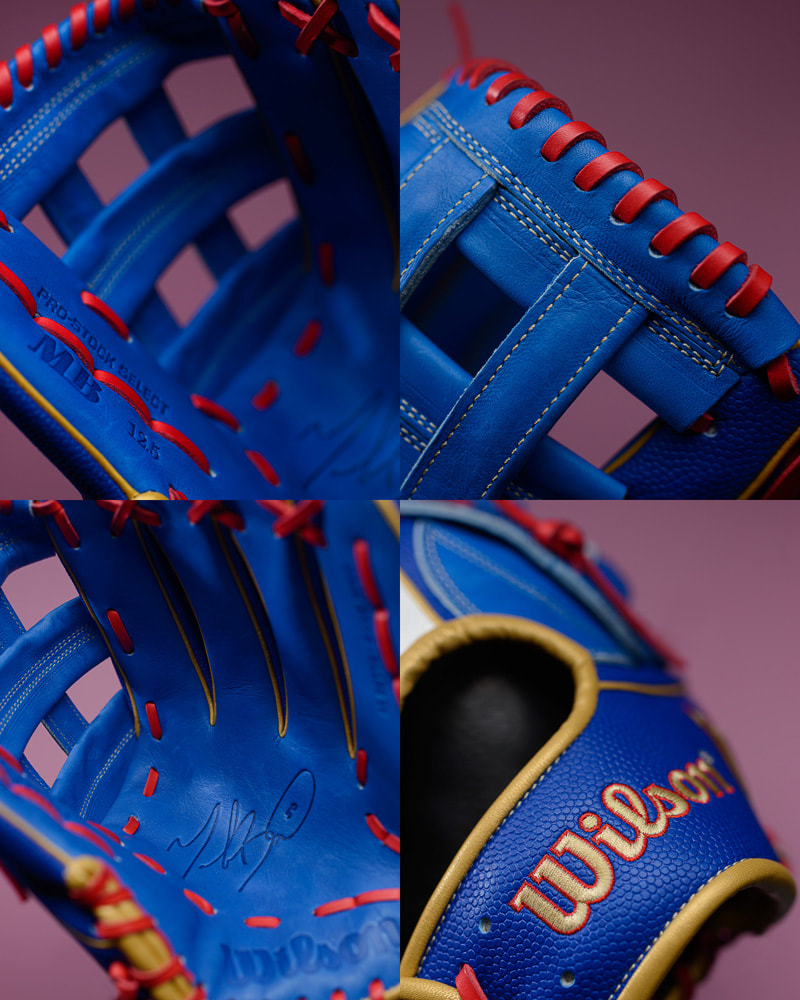
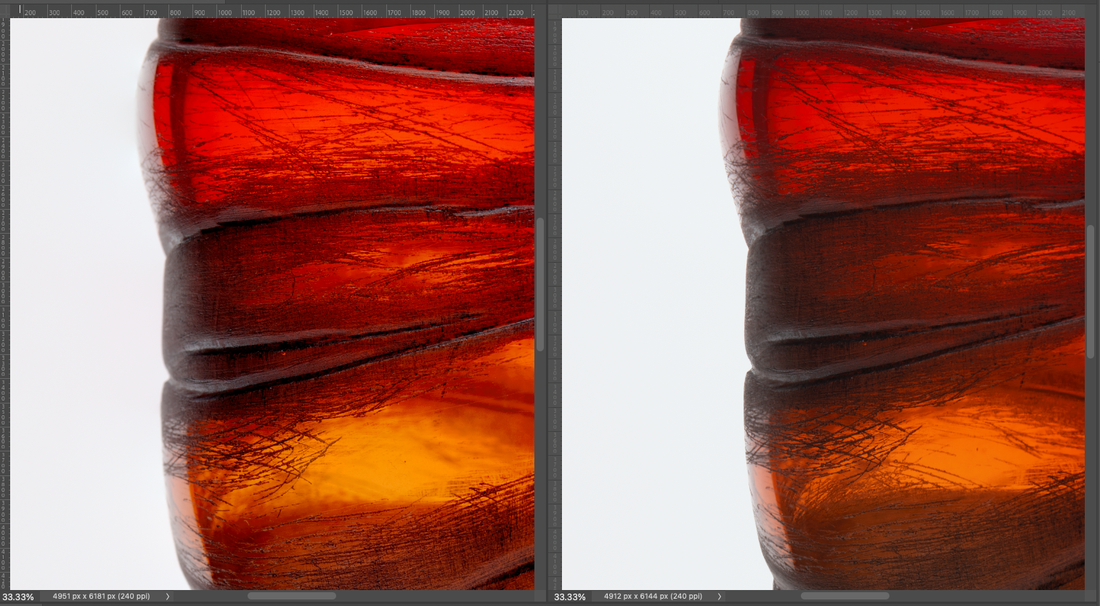
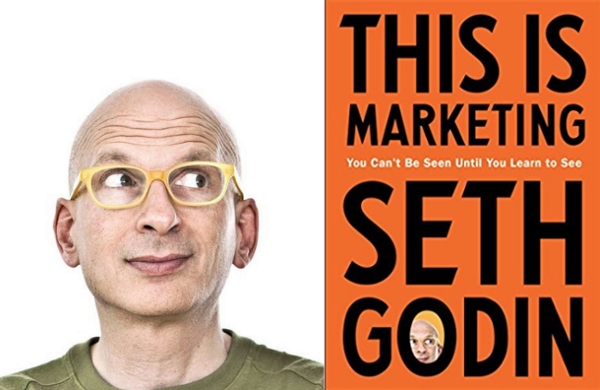
 RSS Feed
RSS Feed
